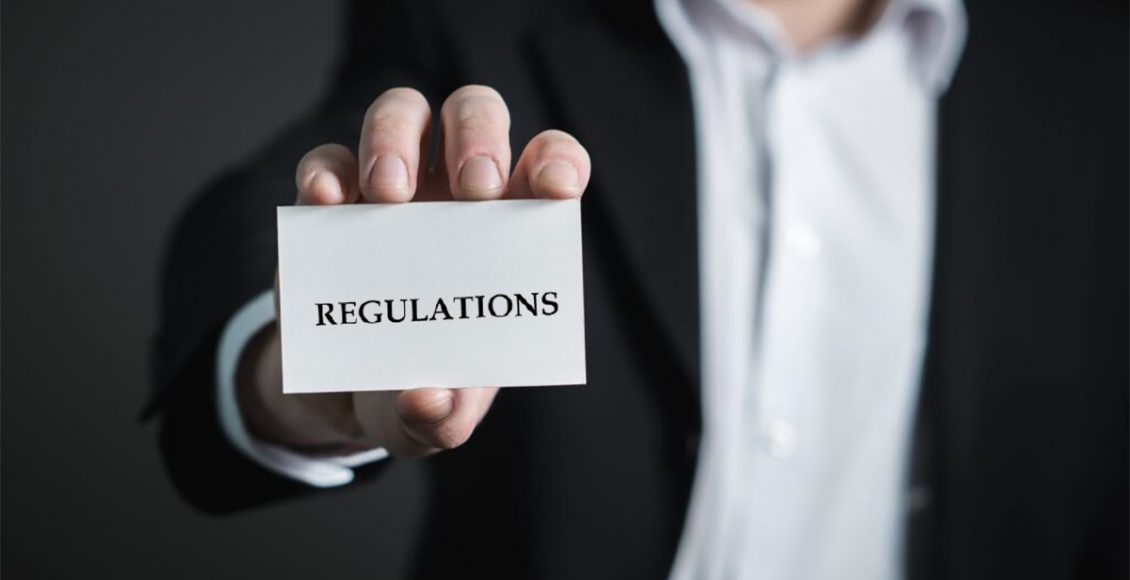
New regulations for Biostimulants – A step forward !
Biostimulants are unique, environment friendly and have potential to substantially increase crop yields by enhancing nutrient uptake and metabolic pathways. It is difficult to categorize biostimulants as fertilizers or as pesticides, as they enhance the overall well-being of plants. India is now one of the few countries globally to define separate regulations for biostimulants. The current recognition of biostimulants as a new category of products in the recently announced, “Fertilizer (Inorganic, Organic or Mixed) (Control) Amendment Order 2021”, on February 23, 2021, clearly defines regulations for registration of biostimulants. As per the new order, biostimulants are, “substance or microorganism or a combination of both whose primary function when applied to plants, seeds or rhizosphere is to stimulate physiological processes in plants and to enhance its nutrient uptake, growth, yield, nutrition ef iciency, crop quality and tolerance to stress, regardless of its nutrient content, but does not include pesticides or plant growth regulators which are regulated under the Insecticide Act, 1968 (46 of 1968)”.
The key aspects of regulation in the order include 8 different categories of biostimulants and a provision of a new category, if the product cannot be classified under the mentioned categories. All the manufacturers and/or importers of biostimulant are now required to apply to the Controller (Form G) along with the supporting data relating to: a) Chemistry, b) Bio-efficacy trials, c) Toxicity and d) Heavy metal analysis report for specifying it as a biostimulant. In addition, it has now become mandatory to submit an affidavit stating that the product is not laced with pesticide and is free from heavy metal concentration beyond specified concentrations. Labelling, sampling specifications with analysis from Good Laboratory Practice (GLP) or National Accreditation Board for Testing and Calibration Laboratory (NABL) accredited laboratory, and methodology for testing have also been described in detail along with all the forms and their requirements. These regulations will have the desired impact in controlling the quality of the biostimulants.
In the absence of regulations and registration guidelines, the biostimulant market has been flooded with substandard / spurious products with exaggerated claims. These products adversely affect the genuine industry players and dent farmer’s confidence in efficacy of biostimulants. The new regulatory and monitoring frameworks will not only boost the confidence of the biostimulant market players but is also expected to increase the R&D investments leading to development and marketing of new and better quality products. Farmers will benefit by having access to superior quality of products. The regulations will also encourage new product development and filing of intellectual property. Overall, the inclusion of biostimulants under FCO is a step in the right direction which will be beneficial for the industry as well as the farmers.
EU was the first to formally agree upon a set of rules in 2018, as a stepping stone to create a functional regulatory framework for bio-stimulants and regulate the market, for selling them on the EU internal market with a CE-mark and in 2020, the U.S. Environmental Protection Agency (EPA) has released updated draft guidelines for Biostimulant products. While he EU relies on suitable quality parameters and evidence requirements for biostimulants, US does not have distinct framework and fits the biostimulants in the existing pathways, which has led to overstated claims and a buyer-beware environment. To avoid the spurious claims, like the EU model, Indian regulations require detailed specification of the biostimulants, and tolerance limits and also testing methodologies have been specified.
Author

Connect with Authors at: E-mail agribusiness@sathguru.com
 Grow Beyond
Grow Beyond 

